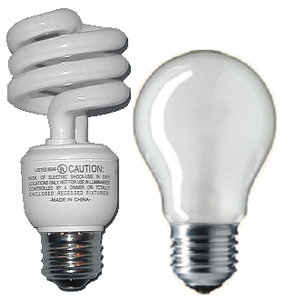
Too many question right now about Windows Mobile Series 7 for me to have an opinion. The Home Screen looks really interesting, very good creative direction to create a sense of unity of information, especially compared to the mess of widgets we usually see on other customizable Home Screens. Still, the rest of the shell seems to rely on a lot of scrolling of a small window over a large landscape of User Interface actions, perhaps even too large. Some people are very good at geographical wayfinding, at remembering where something out of view is in a spatial relationship to what is in view, some are not, and this Zunerrific interface really depends on it.
But my real questions are: is this really a totally new kernel? One without years of testing in the field in other phones or microwave ovens or Mars rovers? Will any phone based on this be able to take a call without resetting, something Microsoft has traditionally never gotten rock-solid right? What is the 3d party programming API and SDK here; considering Microsoft claims to have thrown everything in Windows Mobile away, is it not .NET?
Will any manufacturer beyond HTC and unknown Chinese shops commit to it, considering no software customizations are allowed, and the hardware is specified? Will any operator, under these circumstances? Basically, is this software so compelling Microsoft can pull an Apple, dictating to operators what the experience will be, while not even supplying the hardware themselves? That would be interesting.
Everyone seems to be so impressed by the demo hardware it is almost like Microsoft borrowed Jobs' Reality Distortion Field and the questions around it seem muted. But as hard as making a beautiful experience is on a device, that is not the hardest part of making a wonderful product. The hardest part is making the beautiful experience work, and keeping it beautiful once it has to go out into the world of people who want to play with and change it.


